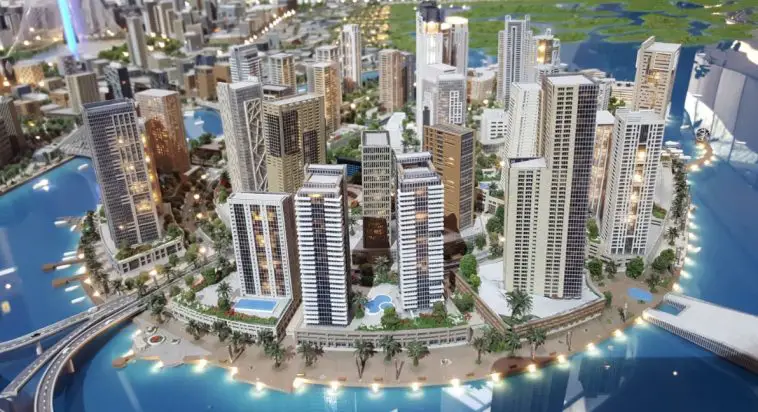Are you running out of things to do fun? Creating high-precision 3D models of real-world objects may be a good idea to pass the time. It is fun and may be a good way to make some extra money. You do not need artistic talent or experience to get started. Creating virtual objects out of real ones demands nothing but patience and practice from you.
What Do You Need?
- A camera, preferably one that can pick up small geometric details
- A gaming/workstation computer. It is recommended that you use one with 16 Gigabytes. If your computer has less than 16 Gigabytes of memory, consider upgrading it.
- A graphics card with CUDA processing abilities to improve your processing speed.
- Free software. You may need different software for different parts of the process.
The Procedure
- Find the object whose high-precision 3D model you want to create. Avoid flat objects and anything that may be covered in featureless colors. Reflections and flat colors are likely to throw off your software and may leave you with missing patches.
- Ensure that your room is spacious and that there is plenty of light. However, you should avoid direct lighting. If there are shadows in your room, you will see them on your virtual objects. You may need to delight the texture of the object before using it.
- Take as many pictures of the object as possible with the camera flash turned off. Capture different angles to get an accurate representation of your image. Follow the pattern around the object in a circle with an overlap of about 60% for every picture. Remember to take a few photos looking down on the objects.
- Use your preferred software to create a 3D model of your object.
How to Make Your 3D Model Natural and Realistic
-
Use Soft Lights
A simple way to make your 3D model more interesting and realistic is to soften your lighting. The following are some of the best lighting options:
Omni Light
You can use this lighting option to achieve a ‘fill lighting’ effect. It is also appropriate for simulating your point source lighting.
Ambient Light
This is general lighting that may come from different parts of your room. It does not have a visible source.
Directional Light
This is the opposite of ambient lighting. It uses a few lighting spots that are not specifically focused on your object.
Even though these are some of the most common light sources, they aren’t your only options.
-
Texture or Bump Mapping
Adding texture and bump mapping will make your image look more realistic. If, for example, you plan on creating a 3D model of your ball, it would look unrealistic without the pebbled surface. According to Next gen Metrology, objects with no texture are boring and unrealistic. Their interaction with light may be different, as well. Proper mapping will help you save money.
-
Experiment
It is difficult to get your best results if you are unwilling to experiment. Play around with the light and color until you get your best results. Focus on the quality of your lighting, regardless of the technique you choose.
-
Detailed Maps
Detail maps will improve the presentation of your 3D surfaces. Consider overlaying image maps, contour maps, and other surface maps for the most realistic results. You can import maps in various formats. When you import an image map, you get a more realistic 3D model. You can add colors, textures, and layers to the surface without having to remodel. Detail maps can create an illusion of texture.
-
Asymmetry
Asymmetry is more important than you may imagine. Real-life objects are not always symmetric, so traditional symmetry concepts are not relevant. Consider experimenting with asymmetrical shapes to add a natural appeal to your design. Observe and adjust your results until you get the perfect shot.
-
Address Common Problems
You are likely to make mistakes during the 3D rendering process. However, you should correct them before proceeding. Common mistakes include:
- texture errors
- proportion irregularities
- shadows
- irregularities when managing your images
If you do not pay attention and correct the errors, they may affect your final model. They can make your image seem unrealistic or unappealing.
In conclusion, creating high-precision 3D models of real-world objects can be fun and fulfilling. It is not only a great pastime but also a chance to practice your skills and make some money. Every 3D designer wants to create models that are realistic and interesting. You can achieve it by paying attention to lighting, asymmetric shapes, and texture.




